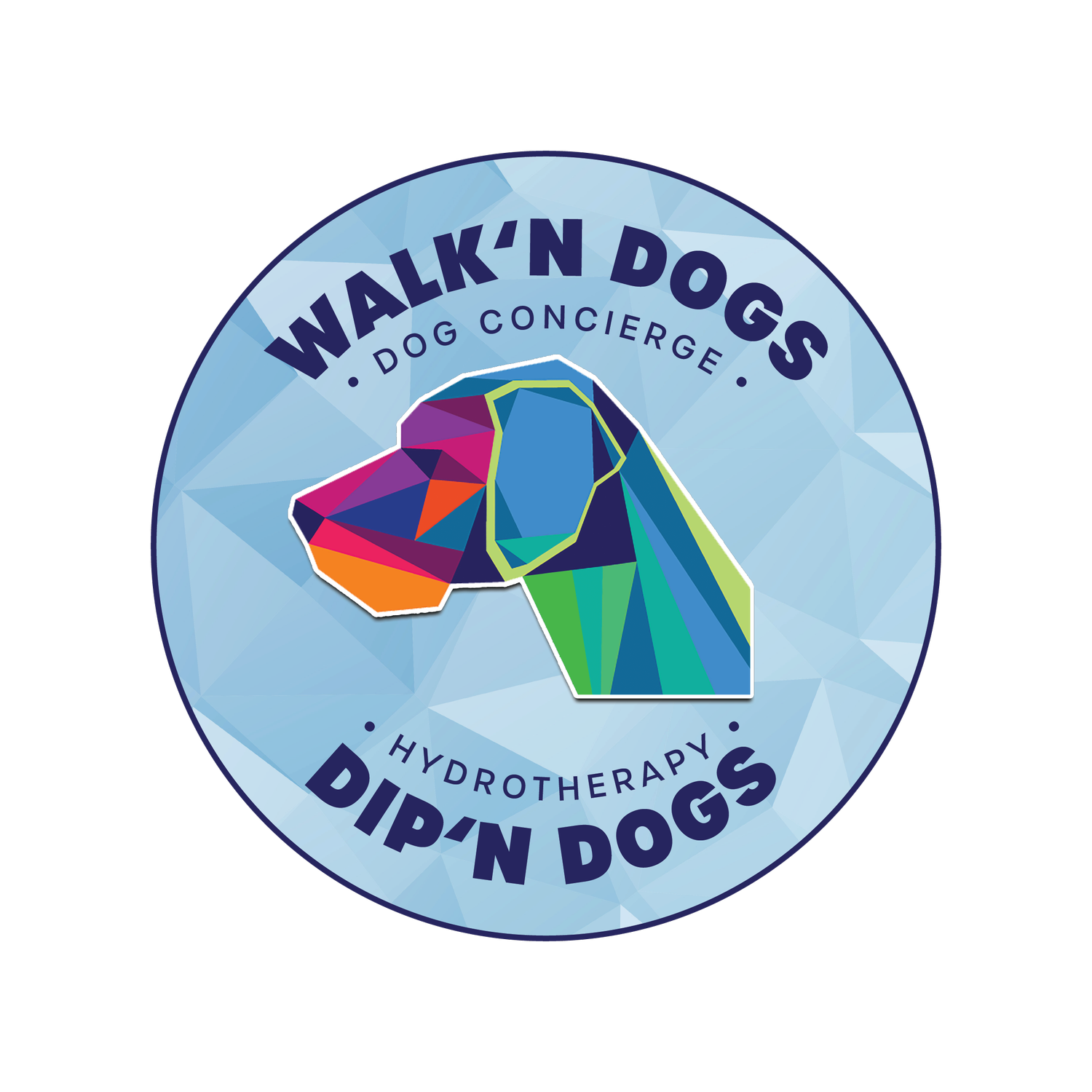Why Hydrotherapy Helps Luxating Patella in Dogs
Luxating Patella in Dogs
The medical term “Luxating Patella” can go by a variety of names, such as: “floating kneecap”, “slipped kneecap” or “trick knee”. Basically, what they all mean are a dislocated kneecap. It is most common in smaller dogs such as toy or teacup breeds and it can be very painful and uncomfortable. Luxating patella’s are one of the most common conditions seen in the veterinarian world and is usually diagnosed at an early age. Although most of the smaller breeds are more susceptible to this condition, it is still often seen in medium to larger breed dogs of any age.
Here is a list of breeds that are predisposed to having or developing a Luxating Patella:
Boston Terrier
Jack Russell Terrier
Yorkshire Terrier
Chihuahua
Pomeranian
Toy/Teacup/Mini Poodle
Maltese
Bichon Frise
Papillon
Pekingese
What is a Luxating Patella?
Luxating patella’s occur when their kneecap slips out of place and moves around, causing a dog to suddenly stop, pick it’s leg up and will do this until their kneecap pops back into its place. This condition can be caused due to an accident, injury or genetics. Something as simple as jumping off the sofa wrong or landing the wrong way after, can offset a dog’s patellar groove in their knee. Regardless of whatever brought about their luxating patella, it is vital you treat and rehab your dog through it. If a luxating patella goes untreated, the movement of the patella will grind down cartilage giving way for arthritis to develop permanently and cause more damage, more pain and possible loss of complete mobility.
Below is a list of common and sudden symptoms a dog may have from a Luxating Patella:
Lameness in rear leg(s)
Lifting or extending the back leg for a period of time
Difficulty in getting up from a laying position
Swelling around the knee
Weakness in the leg(s)
Bowlegged appearance (especially in puppies)
Fleeting paralysis in the knee
Hesitation to jump or run around
Diagnoses, Therapy & Treatment Options
If you believe your dog may be suffering from a Luxating Patella, consult with your trusted veterinarian right away. They will take X-rays of your dog’s knee, examine their knee physically and then come to a conclusion. There are different grades of a Luxating Patella determined by it’s severity with Grade 1 being the mildest and Grade 4 being the most severe. The next step after diagnosis is to find a solution to treat and manage this condition. Before jumping into surgery, it is best to find holistic and natural ways of healing to prevent any side effects or issues during the recovery process. The goal with this condition is to relieve pain, inflammation and improve the function/mobility of the knee.
There are many non-surgical ways to help and heal your dog of their Luxating Patella:
Keep your dog fit. If your dog carries around excess body weight, they are already putting unwanted pressure on their knee joints. Regular non land-based exercises involving water are the safest and most beneficial for your dog. It allows them to have full range of motion, flexibility and no pressure while exercising and maintaining their optimum weight.
Natural Supplements. Along with hydrotherapy, glucosamine, turmeric and CBD oil are the most recommended holistic supplements to include in your dog’s diet to reduce inflammation and keep their joints fluid.
Balanced Diet. Keeping your dog on a nutritional diet makes a world of a difference when it comes to their health and physiology. Cheap store bought brands are filled with gluten, grain, corn and preservatives which unfortunately feeds inflammation and physical issues. Stick to holistic, raw and real food to ensure your dog is as healthy as possible and can live a long, healthy and happy life.
Other Holistic Therapies. Aside from hydrotherapy, acupuncture and massage therapy are all great alternatives to modern day medical treatments. These holistic therapies stimulate fast and natural healing, reduce stress, improve circulation and strengthen joints.
Hydrotherapy For a Luxating Patella
Hydrotherapy is recognized as an ideal form of healing and recovery for most orthopedic conditions including Luxating Patella. Dogs are able to extend their legs fully with hydrotherapy while building muscle mass around joints helping to support their weaker areas. It is vital that you distinguish the benefits between hydrotherapy and swimming in the pool. Studies have found that too much uncontrolled exercise in dogs (aka unassisted swimming in a pool) can lead to premature damage in the tissues and cartilage which slows recovery from injury or illness.
Provided below are the many reasons why hydrotherapy should be your first choice in healing your dog of their Luxating Patella:
Hydrostatic pressure in the water decreases perception of pain
Non-weight bearing exercise
Full and increased range of motion
Buoyancy aids in rehab of weak and painful joints/muscles
Increased muscle strength
Feeling of well-being because of released endorphins
Reduced stress and anxiety
Releases frustration and pent up energy
Relaxation of muscle spasms/tension
Builds muscle mass in weak areas
Slowing of progression in degenerative diseases
Prevention of secondary complications
Improved respiratory/cardiovascular fitness
Improved and prolonged quality of life

